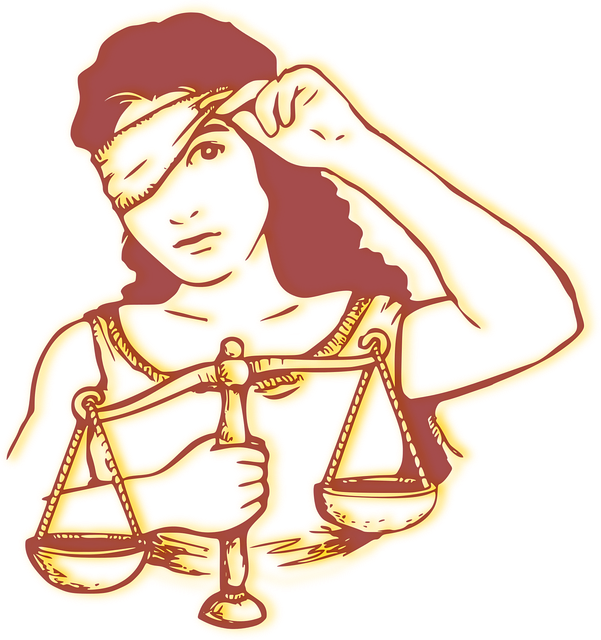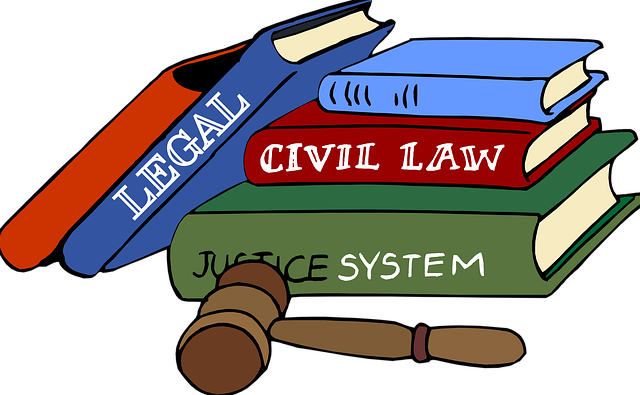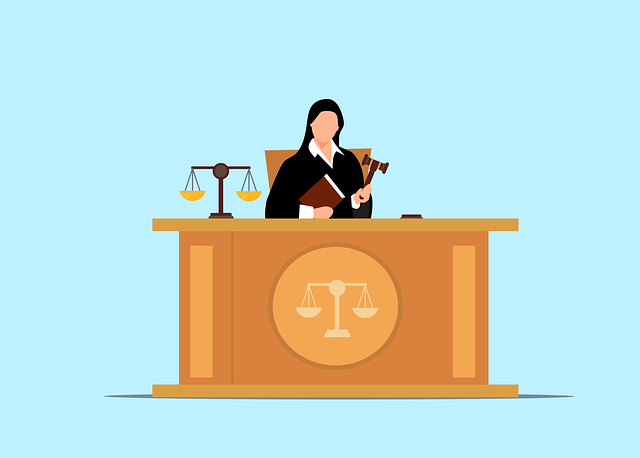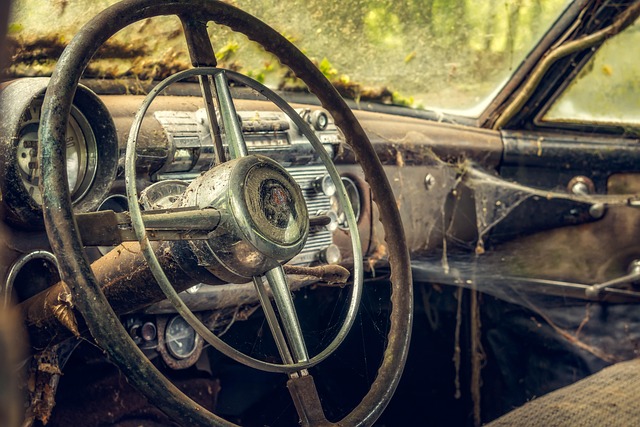Slip and fall negligence cases center on property owners' legal duty to ensure visitor safety. Breach of this duty, through hazardous conditions unaddressed, leads to legal repercussions for victims and potential lawsuits for owners. Proving negligence involves demonstrating hazard existence, ownership awareness or constructive knowledge, and unreasonable failure to mitigate. Victims may seek compensation for physical, financial, and emotional damages, while property owners risk liability for unsafe premises.
“In the realm of personal injury, slip and fall accidents are a prevalent concern. Understanding ‘duty of care’ is pivotal in these cases, as it forms the foundation for establishing liability. This article delves into the intricacies of duty of care in slip and fall negligence, providing a comprehensive guide.
We’ll explore how to recognize and prove negligence, along with the legal repercussions and potential compensation for victims. By understanding these key concepts, individuals can navigate their rights and seek justice in slip and fall incidents.”
- Understanding Duty of Care in Slip and Fall Cases
- Establishing Negligence: A Step-by-Step Process
- Legal Consequences and Compensation for Slip and Fall Victims
Understanding Duty of Care in Slip and Fall Cases
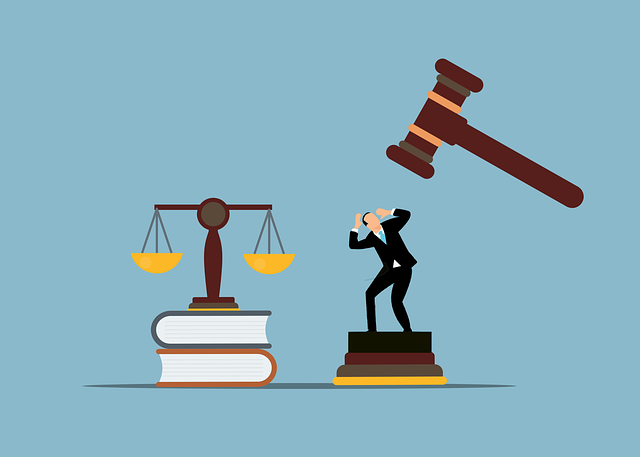
In slip and fall negligence cases, understanding the concept of Duty of Care is paramount. It refers to the legal obligation that property owners or managers owe to visitors, ensuring their safety from foreseeable hazards. This duty encompasses a range of responsibilities, including regular maintenance, prompt cleanup of spills or debris, and proper lighting to prevent accidents. Failure to uphold this duty can lead to significant legal repercussions for negligence.
A key aspect of Duty of Care is determining if there was a breach—a deviation from the expected standard of care. This often involves assessing factors like the presence of warning signs, previous incidents, and accessibility of the area. For instance, in cases involving nursing home neglect or auto accident lawyer scenarios, a breach might occur due to negligence in maintaining safe conditions, resulting in compensable damages for victims.
Establishing Negligence: A Step-by-Step Process

Establishing negligence in a slip and fall case involves a systematic process that legal professionals meticulously follow. The first step is to demonstrate that there was indeed a hazardous condition on the property, which directly led to the fall. This could include slippery substances on floors, uneven surfaces, or obstacles that obstructed visibility. Once this is established, the next crucial step is to prove that the property owner or manager had actual or constructive knowledge of this hazard but failed to take reasonable measures to mitigate it.
Actual knowledge can be shown through direct evidence, such as maintenance records or employee testimonies. Constructive knowledge, on the other hand, is determined by evaluating if a reasonable person in the same situation would have foreseen the potential harm and taken preventive actions. If it’s established that the owner was negligent in maintaining a safe environment, the final step is to connect the property damage claims and accident compensation to this negligence. This often involves medical records and expert opinions to assess the extent of injuries and their relation to the incident, ultimately helping to determine fair elder law considerations in personal injury cases.
Legal Consequences and Compensation for Slip and Fall Victims

When a slip and fall occurs due to another party’s negligence, victims may face significant challenges and legal consequences. The impact can extend beyond physical injuries, leading to substantial financial burdens and emotional distress. Legal repercussions for negligent parties often include compensatory damages, which can cover medical expenses, lost wages, and pain and suffering. In severe cases involving wrongful death claims, the legal implications are even more profound, with families bearing the brunt of unexpected loss.
Victims of slip and fall negligence may also pursue homeowner insurance claims to seek recourse. Property owners are typically required to maintain their premises in a safe condition, and failure to do so can result in liability for any resulting injuries. Understanding these legal ramifications is crucial for both victims seeking justice and property owners ensuring compliance to avoid potential lawsuits.
In understanding what duty of care means in slip and fall negligence cases, property owners and businesses must be vigilant in maintaining safe premises. By following established steps to establish negligence, victims can navigate legal consequences and seek compensation for their injuries. Awareness of these responsibilities is crucial in preventing accidents and ensuring accountability, thereby fostering a safer environment for all.


